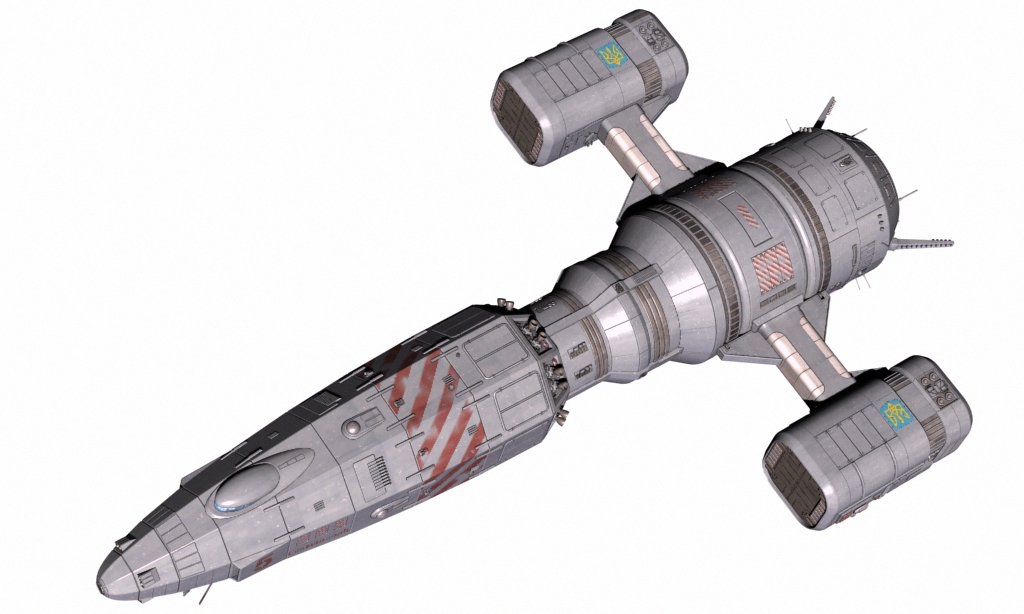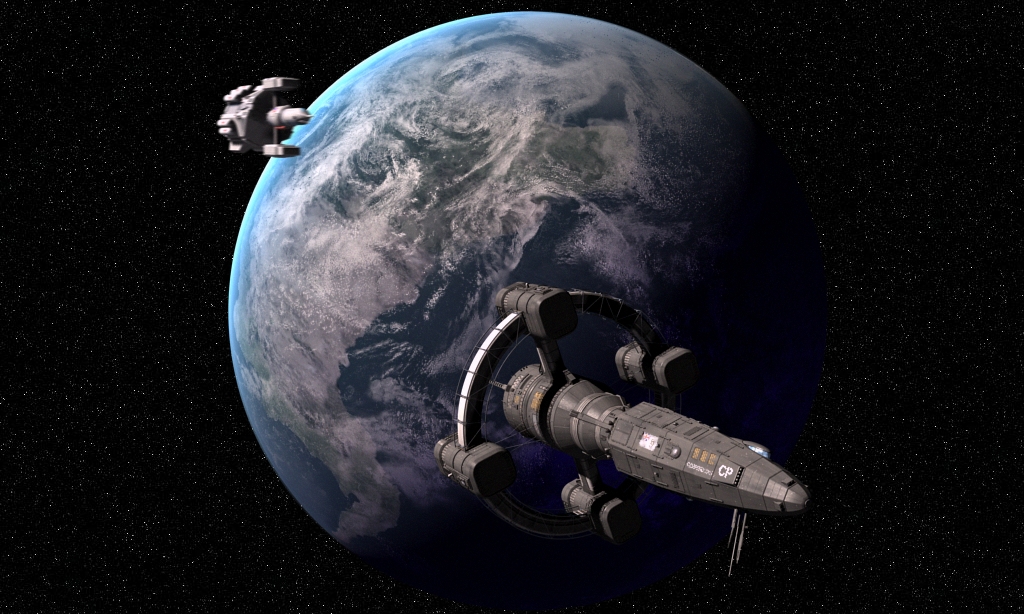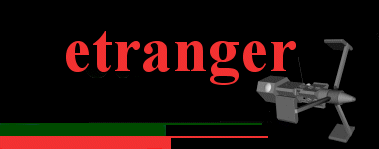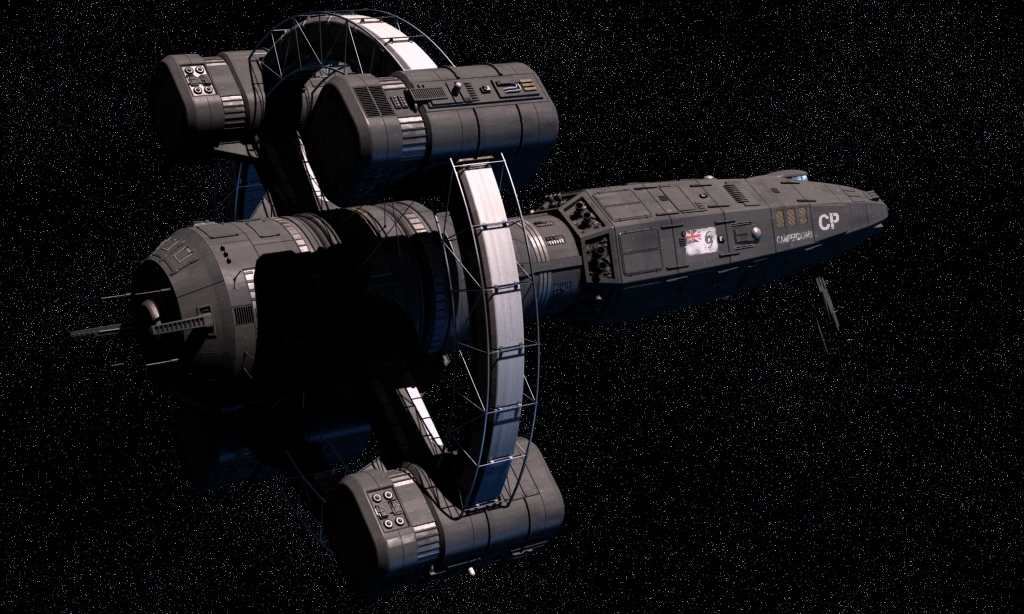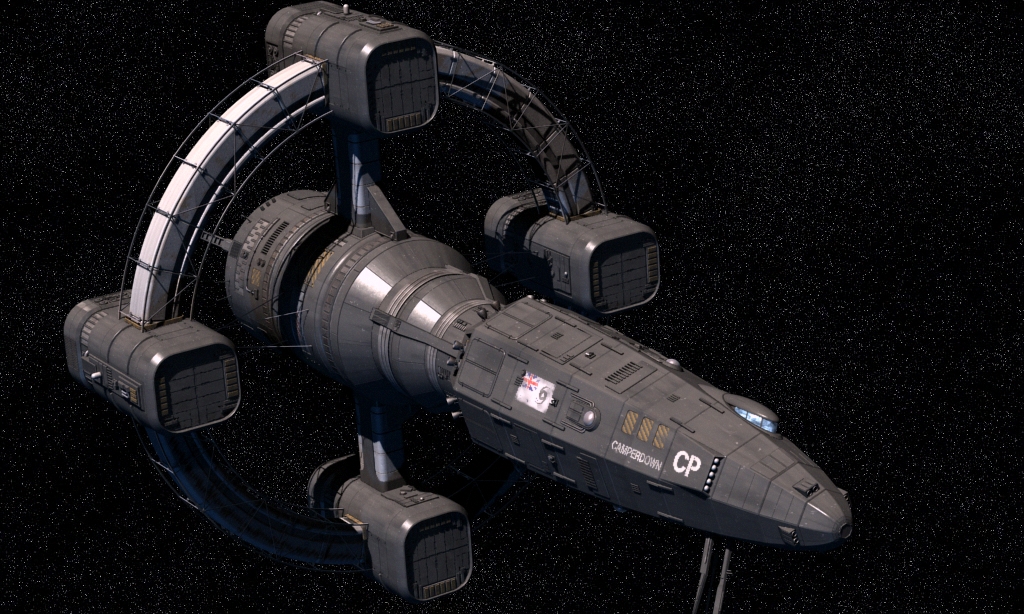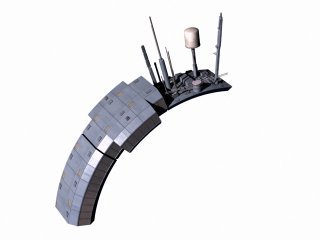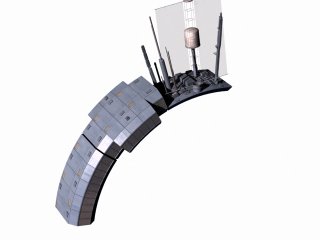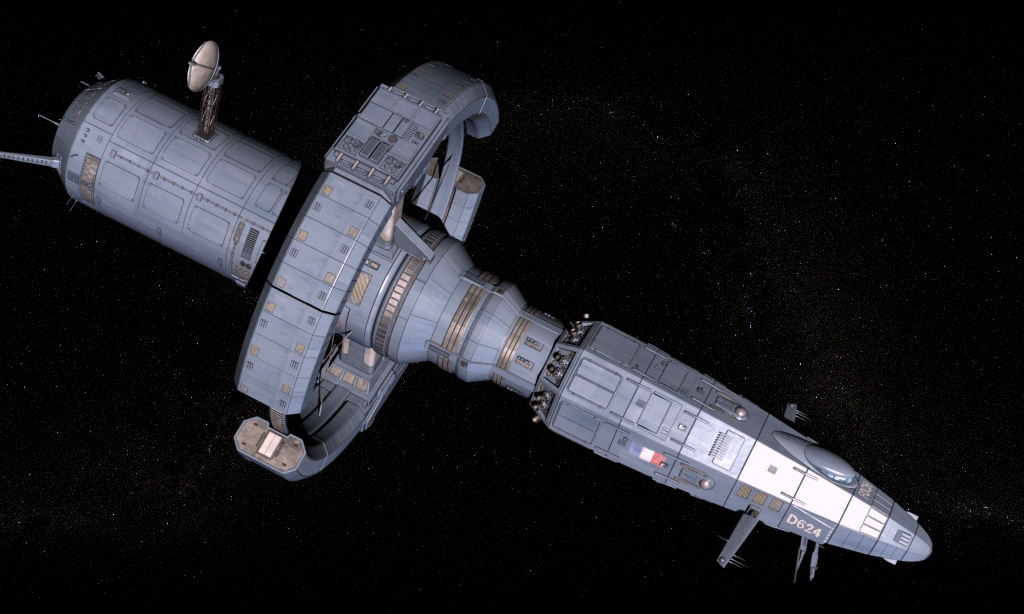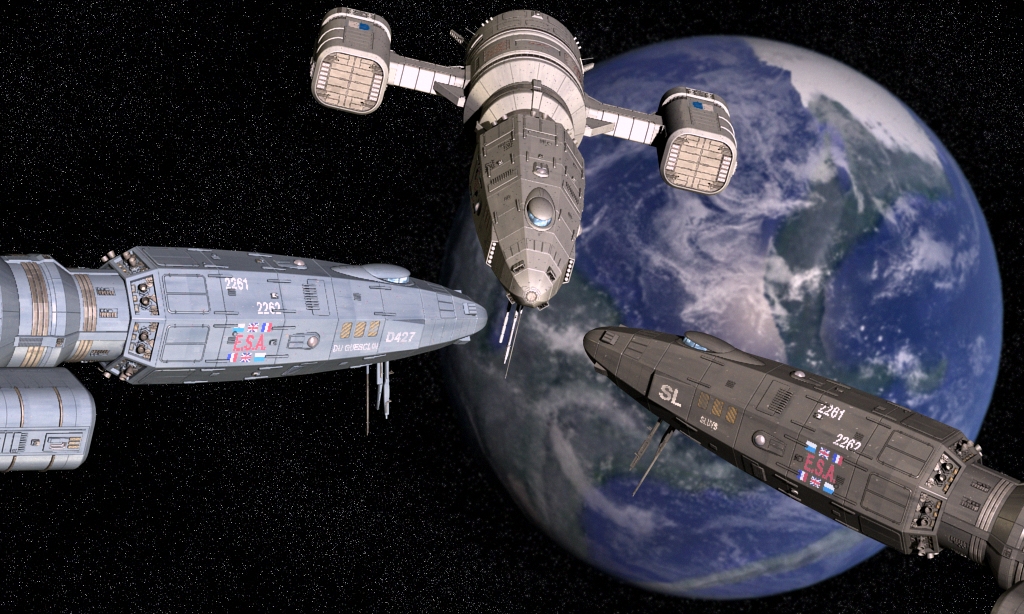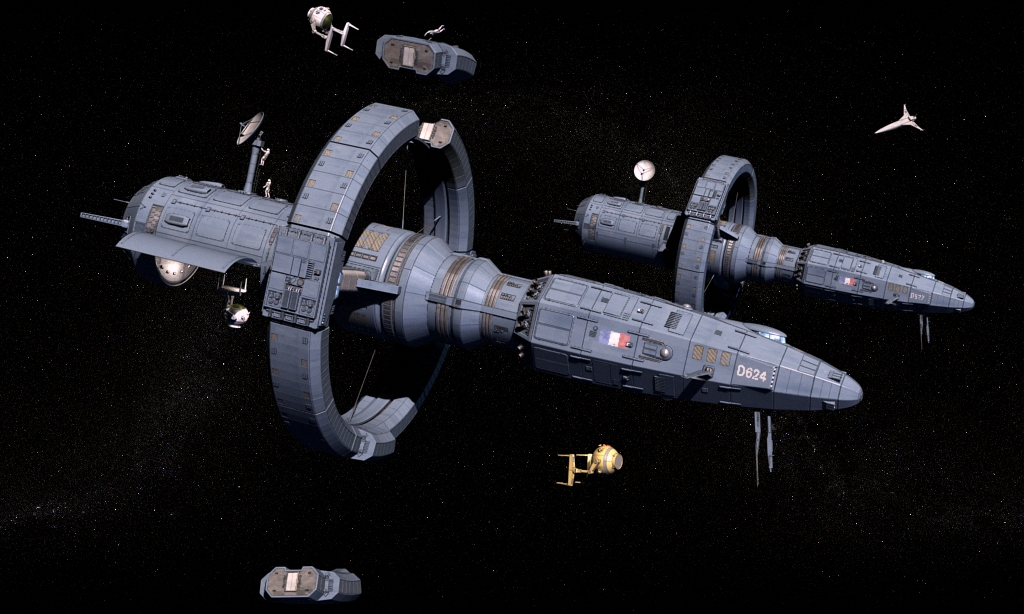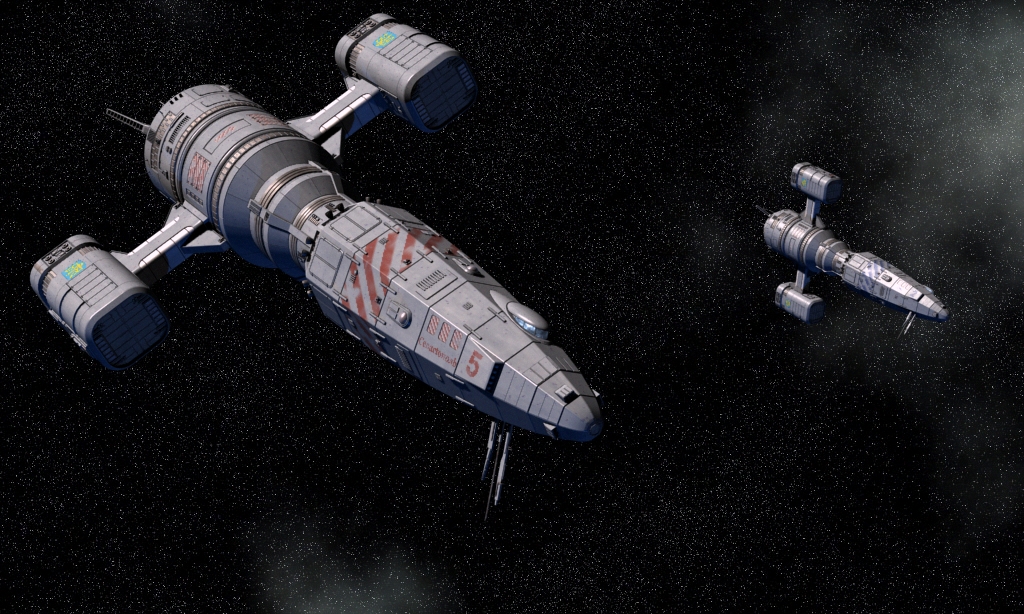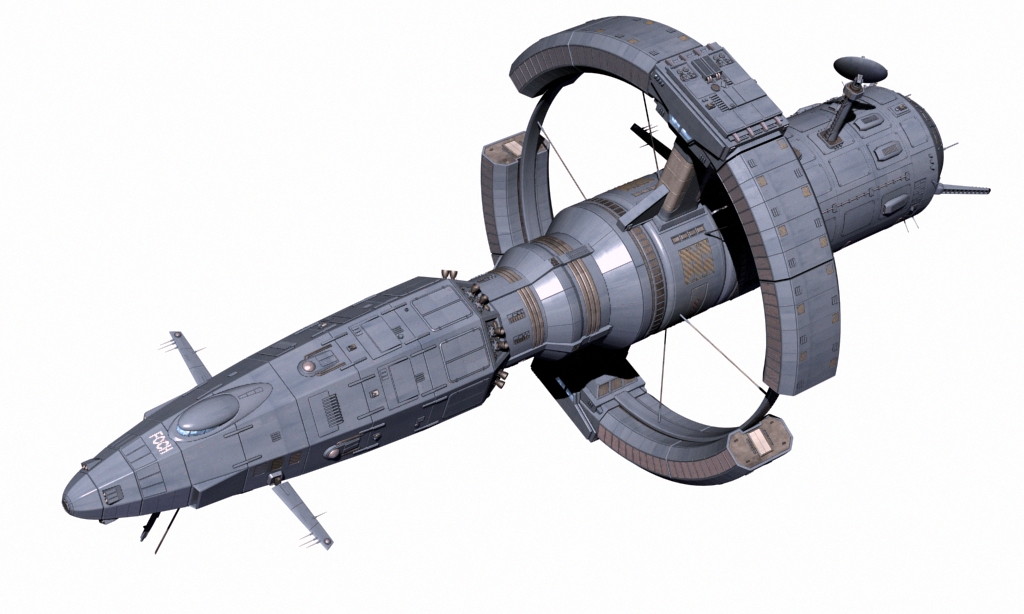|
Britain
Britain
was always the most lukewarm of the ESA nations towards the CESAD project.
They had already been proceeding with their own high-tech Dreadnought
destroyer project, which the RSN had high hopes for. However the
Dreadnought was a cutting edge design which had already suffered
numerous cost overruns. The Treasury was looking for a way of curtailing
these costs and along with the Foreign Office began to push for participation
in CESAD. Ultimately a messy, very British, compromise was reached Dreadnought
and her two sisters would be completed, but the MoD would purchase
CESAD as its main combat destroyer of the 60’s and 70’s. She would also
participate in the CESAC project.
The
British purchased six CESAD, three Batch 1 ships and three Batch 2.
These were named the Trafalgar, Nile, Sluys, Cape
St Vincent, Copenhagen and Camperdown. The naming
of these ships after victories over the French or French allies was
noted in the popular press and perceived, rightly or wrongly, as the
RSN’s commentary on being levered into the CESAD programme.
Once
in service however the Battle Class proved capable and popular
ships. Although not quite as cutting edge as the Dreadnoughts they were
certainly more reliable and easier to operate. The Batch 1 ships operated
almost exclusively in the core systems and were frequently deployed
on OQC duties. The longer ranged Batch 2 were more frequently used as
command ships for colonial squadrons on the French Arm and on patrols
on the Chinese Arm.
Trafalgar,
Nile and Sluys were eased out of service in the late-2270s,
being sold on and were replaced by Resolution Class destroyers
developed from the Dreadnoughts. However the 3 Batch 2 Battles were
retained in service and continuously upgraded giving good service in
the colonies in the unstable years of the Central Asian and German Reunification
Wars.
Copenhagen
and Camperdown remained in service through the 2290s although
Cape St Vincent was retired due to a chronic drive malfunction.
These ageing ships were retained specifically for peacekeeping duties
in the Vogelheim system, with one routinely deployed to the system and
the other refitting at Earth. Plans were well laid to retire these ships
when the Kafer War erupted which led to both ships being retained during
the hostilities.
Camperdown
in particular wrote herself a glorious footnote to her service in action
with the force protecting Vogelheim, and then as a part of Rochemont’s
Fleet. She has since returned to Earth for a hero’s welcome, it is likely
both ships will be paid off soon although there is talk about retaining
them for core defence duties or converting Camperdown into a
museum.
Azania
Azania
leapt at the opportunity to become involved in the CESAD programme and
Azania was the main supplier of drive coils for export versions of the
ship. Azania procured 3 Batch 1 CESAD Isandlwana, Nkandhla
and Majuba which were used extensively as at the time they were
the most capable ships in Azanian service.
A
further 3 Batch 2s were procured as the Blaauwberg, Vegkop
and Magersfontein specifically to support the expansion of Azania's
colonial holdings at far off Joi in the 61 Ursae Majoris system. These
were later supplemented with the purchase of three former French Odysseus
Class CESADs due to the increased tensions at 61 Ursae Majoris caused
by the Elysian Revolt. These ships were renamed as the Otavi,
Mavinga and Mbholompo.
The
hard used Batch 1s were increasingly used only as training ships and
guard units in the Alpha Centauri system into the early 90s and they
have since been sold on. To replace them three new build Maréchaux were procured: Shaka,
Cetshwayo and Mbuoto
Bavaria
Bavaria
was a keen member of the CESAD programme and adopted the design as the
Württemberg Class. Bavaria built five Batch 1 CESADs as the Württemberg
A class: Württemberg, Franken, Schwaben, Baden
and Pfalz. These were, like so many of their sisters, mainly
deployed in the core systems, although during the Central Asian War
they were also deployed to beef up convoy escorts after these started
falling prey to the long range fire power of Manchurian raiders. The
Pfalz and Württemberg were both lost on escort missions.
After
the war the Württemberg As were retained despite doubts about their
capabilities in the modern space warfare environment. The three survivors
were deployed as guard ships, a role they were in when the War of German
Reunification broke out.
No
fewer than six Batch 2 CESAD/Württemberg Bs were procured specifically
to fill the long range patrol role for the far flung Bavarian colonies.
These were Würzburg, Bayreuth, Regensburg, Hauptstadt,
Neuklagenfurt and Freiburg. The only casualty during the
service of these ships in the Bayersiche Stern Marine was the Haupstadt,
lost in a fleet action with the Manchurian main force on the Chinese
Arm.
A
license to build five Batch 3 Maréchaux as the General class was purchased
from France at the end of the Central Asian War, but only two, Wrede
and Ruprecht, were completed before the outbreak of hostilities
with France in 2292.
Germany
The
opening of hostilities with France in the War of German Reunification
brought every Bavarian, whether born on or off Earth, face to face with
the question of where their loyalties lay. For the crews of the ships
of the BSM those questions also determined the future of their vessels.
A
single Württemberg A, Schwaben, passed into the service of reunified
Germany, going on to play an important role in the battles against the
French in the Eta Bootis Finger. Post-war the DSKM retired the ship,
cannibalising parts to support the remaining Württemberg B's.
Three
Württemberg B's rallied to the German cause, all surviving the war.
However post-war they were placed in inactive reserve, their crews transferred
to other vessels, where they remain. German losses on the French Arm
have given rise to the possibility of these ships being reactivated
to supplement the defences of vulnerable systems.
The
first two of Bavaria's new Generals came over to the DSKM straight off
their shakedown cruise, the remaining three, Gneisenieu, Lützow
and Seydlitz, were actually commissioned directly into the DSKM
beginning in early 2293. The Lützow was destroyed by the Kafers
at the 2nd Battle of Beta Comae Berenices, whilst other ships of the
class have also been involved in combat operations on the French Arm.
Freihafen
German
reunification resulted in Bavaria joining a new German Bundesrepublik,
but some of Bavaria's colonies did not want to become part of the new
state. The most notable was the massive colony of Garten on Tirane with
a population of 200 million, many of whose natives served in the Bayersiche
Stern Marine providing a large proportion of its manpower. The colony
also boasted its own system defence force, the Raumwaffe.
In
the aftermath of the War of German Reunification Garten declared its
independence as Freihafen and the Raumwaffe absorbed most of the BSM's
assets in the Alpha Centauri system. This included no fewer than three
Württemberg class destroyers; Franken, Bayreuth and Neuklagenfurt.
Two of these were involved in the 3rd Battle of Alpha Centauri in 2294,
staving off a German incursion into the system, and the Neuklagenfurt
was knocked out and badly damaged by the Admiral Hipper after destroying
a German frigate. The Neuklagenfurt was recovered but has never
been repaired.
Following
Freihafen's declaration of independence the new nation's government
entered into discussions with France over the purchase of two Odysseus
Class ships to bolster the Raumwaffe. This was agreed in 2296 and resulted
in the transfer of Achille and Ajax. Today all four CESAD
ships are still in operation, although the Franken is regarded
more as a training ship than an operational warship. However all four
vessels are aging and the Raumwaffe is pressing for the procurement
of a new series of destroyers.
Heidelsheimat
Similar
events to those on Tirane occurred in the remote Bavarian colony of
Heidelsheimat as the senior BSM officers - including many Garteners
- refused to acknowledge the orders of the newly formed DSKM. The small
squadron stationed at Heidelsheimat included the Baden, which
became the flaship of the newly independent colony, however the ship
suffers from a chronic lack of spare parts and rarely puts out from
the orbital terminal. Freihafen is regularly reported to be in negotiations
to acquire the ship.
Ukraine
Ukraine
was a major force behind the development of CESAD, and the construction
work on these ships provided the kick start for Ukraine’s small shipbuilding
industry. Ukraine received the prestige of being the first nation to
bring the CESAD into service as the Kiev Class.
Ukraine
initially bought four Batch 1 CESADs; Kiev, Rostov, Sevastapol
and Odessa. However in 2285 the Odessa disappeared en-route
to Eta Bootis and has never been seen since, although rumours persist
she was mistaken for a French Paladin and attacked by Manchurian privateers.
To replace it the former HMS Sluys was purchased from the British
and brought into service as the Dnipropetrovs'k.
The
Ukraine space force has two main roles; defence of Ukrainian interests
in the Sol system, with a contribution to OQZ, and defence of the Ukrainian
colony at Eta Bootis. The Kievs provided a major contribution to this
in combination with the Konstantins and Aconits. The Kievs were ageing,
but had been upgraded and were still serviceable, if obsolete, by 2298.
When
the Kafers invaded Eta Bootis in that year the Kievs were overwhelmed
with the Rostov and Sevastapol being destroyed by Kafer
forces while escorting fleeing merchants whilst the Kiev was
destroyed during the 1st Battle of Tithonus. Only the Dnipropetrovs'k
avoided the fate of its sisters being in deep refit at Earth during
the early stages of war. However she formed a key part of the Ukrainian
3rd Squadron which fought at the Battle of Beowulf.
With
her destroyer fleet devastated Ukraine has entered into negotiations
with Britain to purchase her remaining Batch 2 CESADs which can be easily
supported by Ukrainian industry. The war has made it unlikely that new
build top line destroyers or second hand Maréchaux
will be available from France soon.
Below:
The
Sevastapol
and Kiev patrolling in the Eta Bootis system in late 2297
as tensions climbed following the loss of contact with Station Arcture.
Both ships were lost the following year during the Kafer invasion of
Eta Bootis. (Ukrainian Ministry of Defence.)
|
